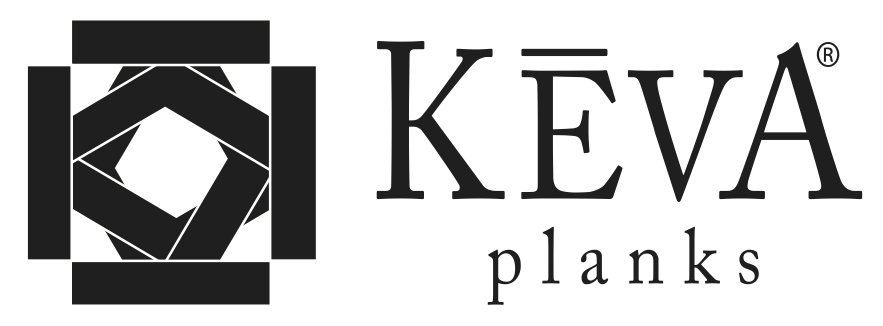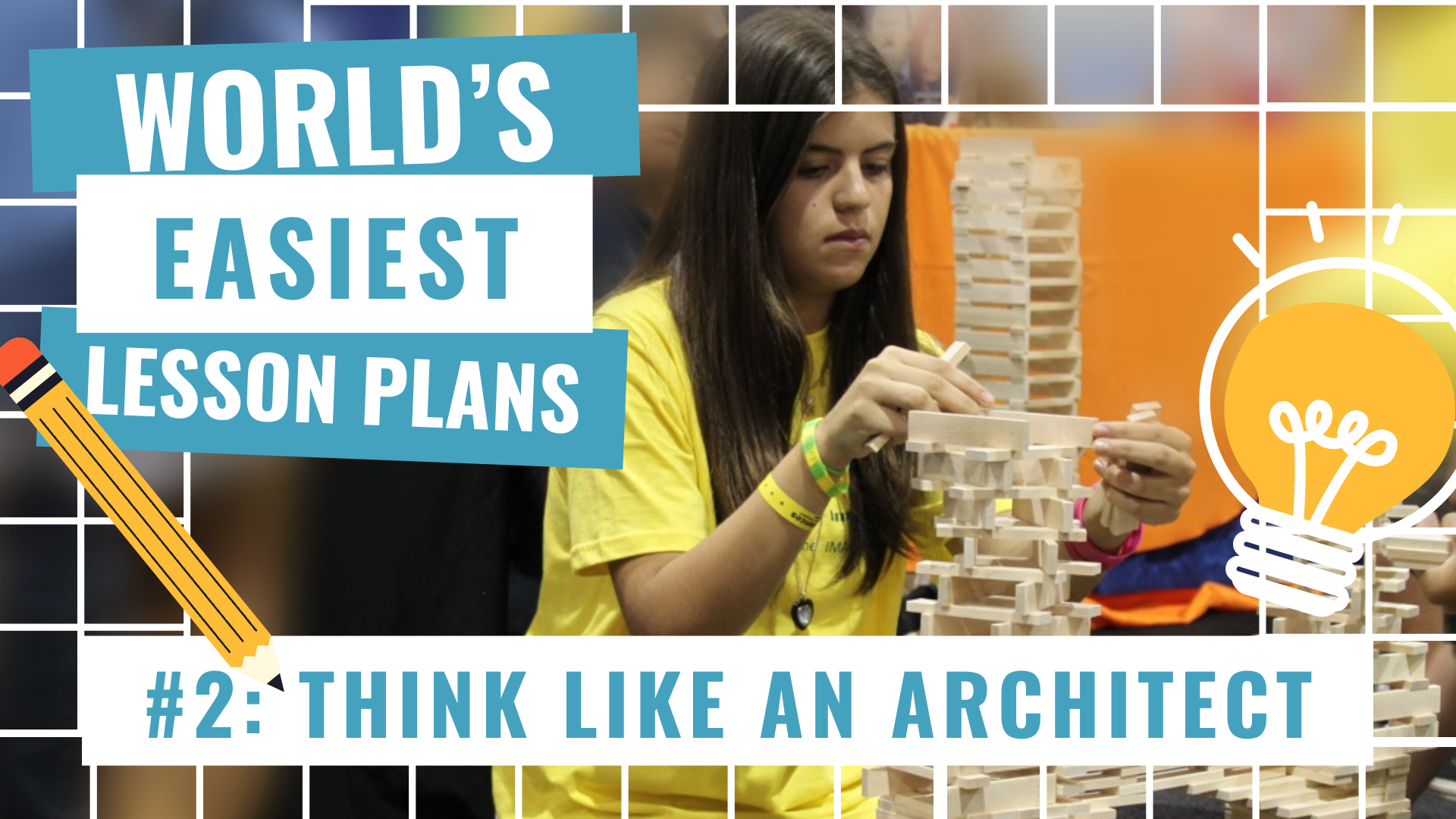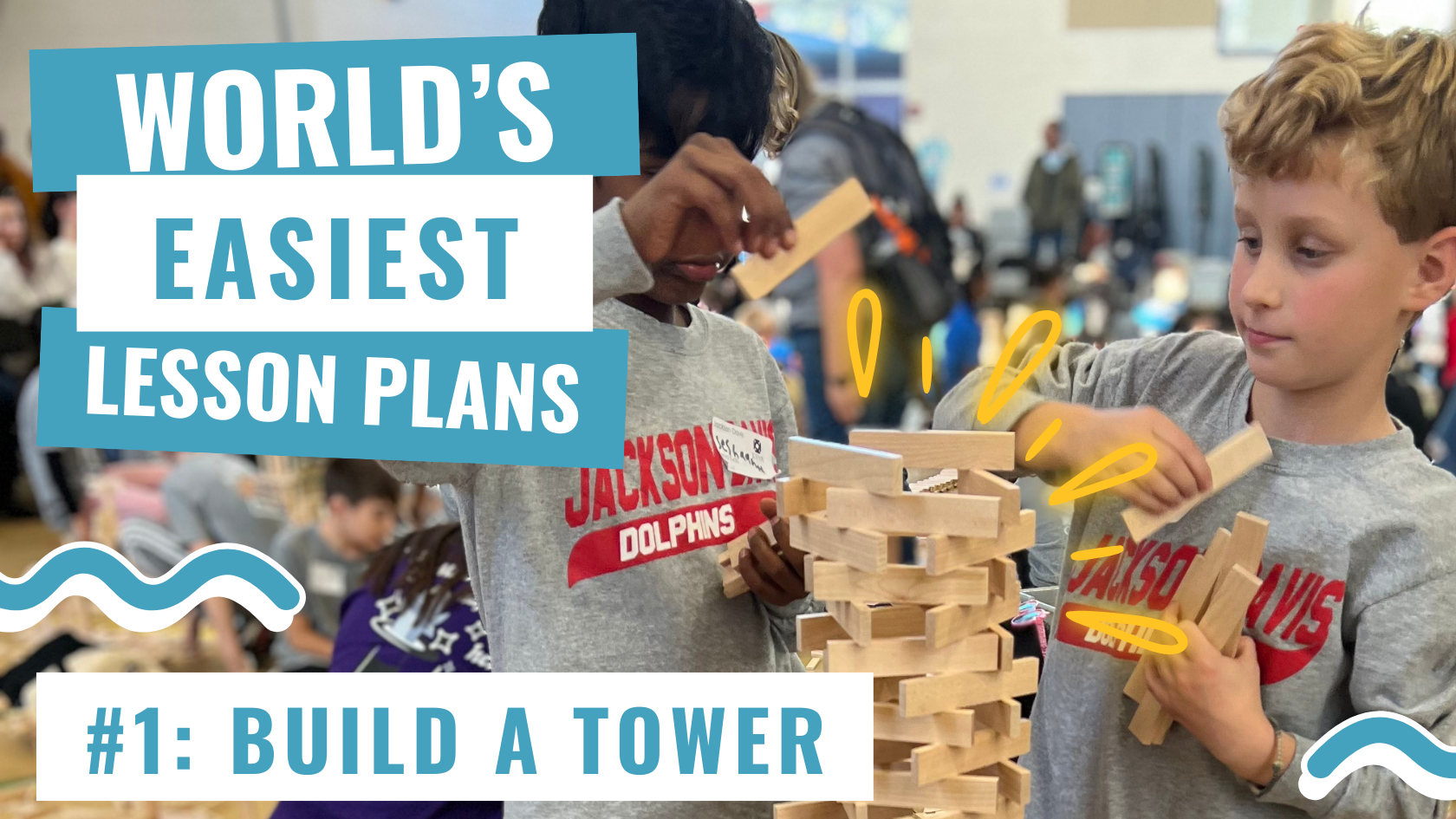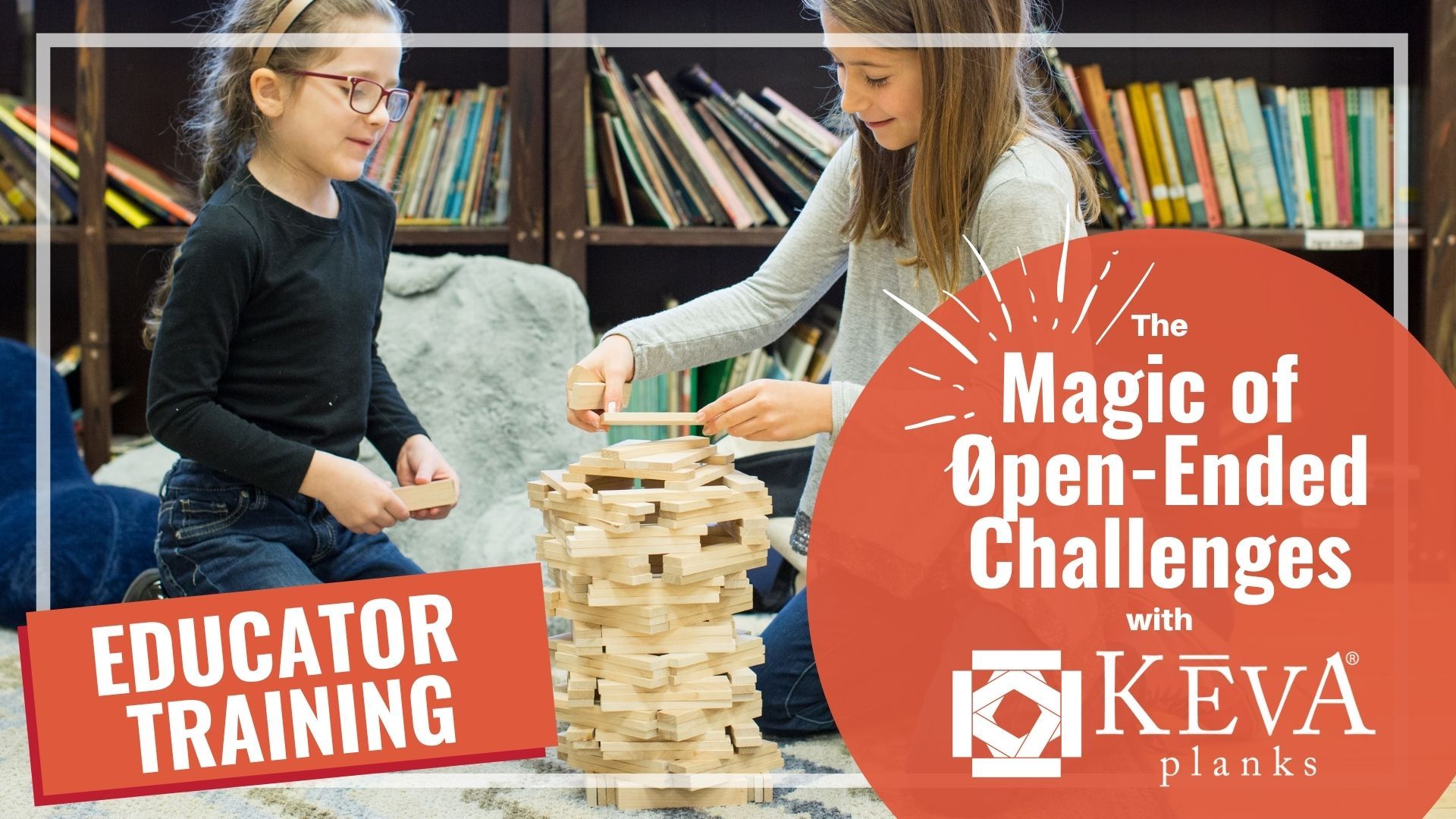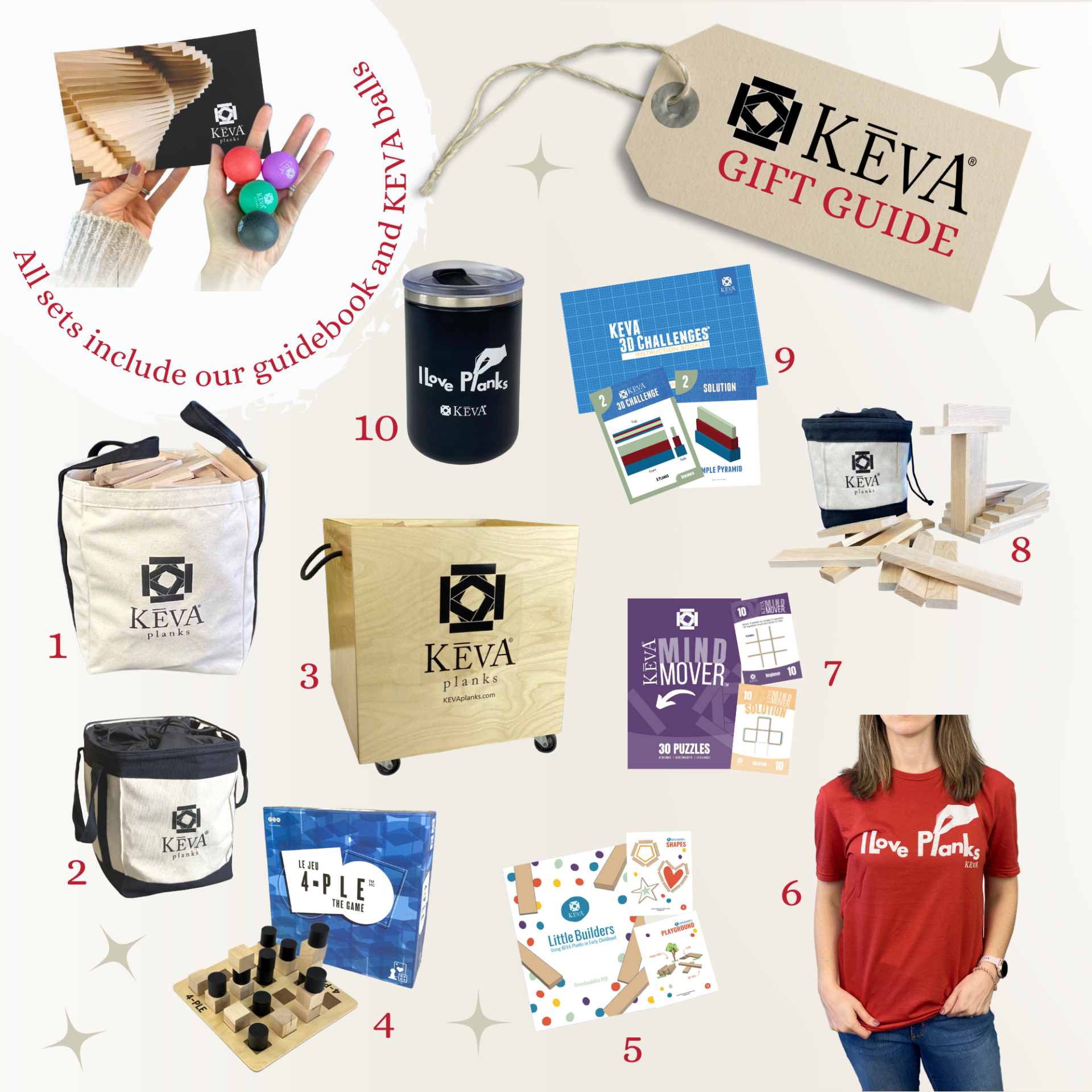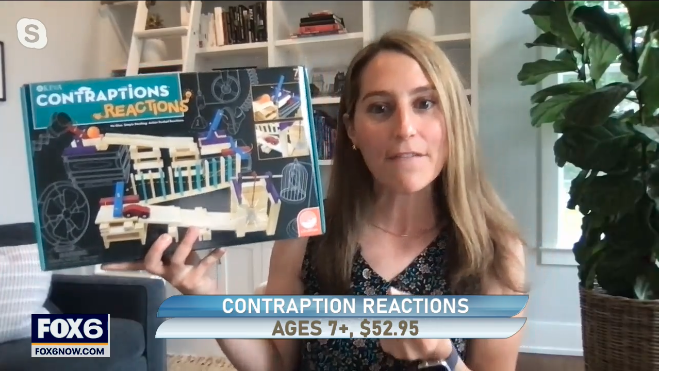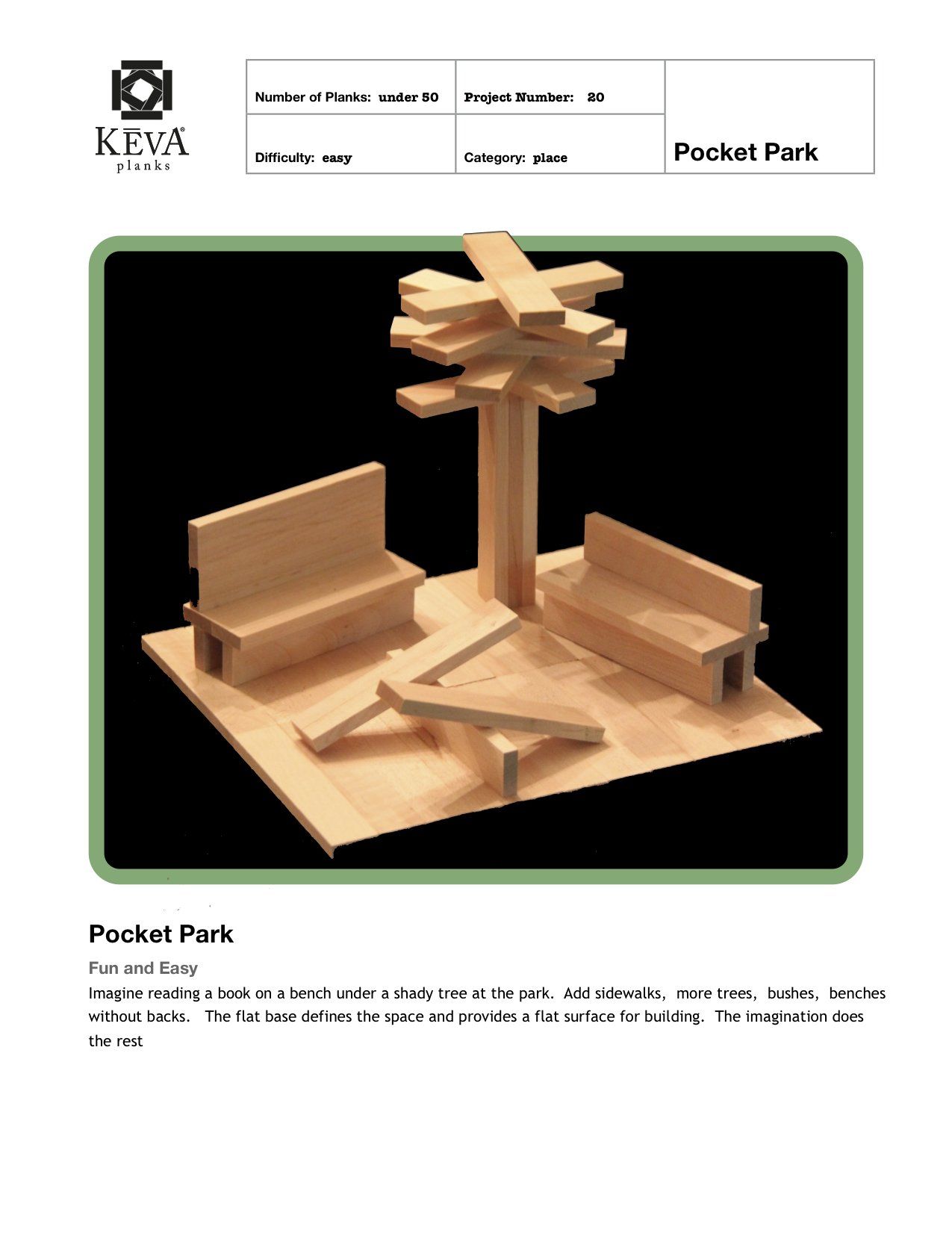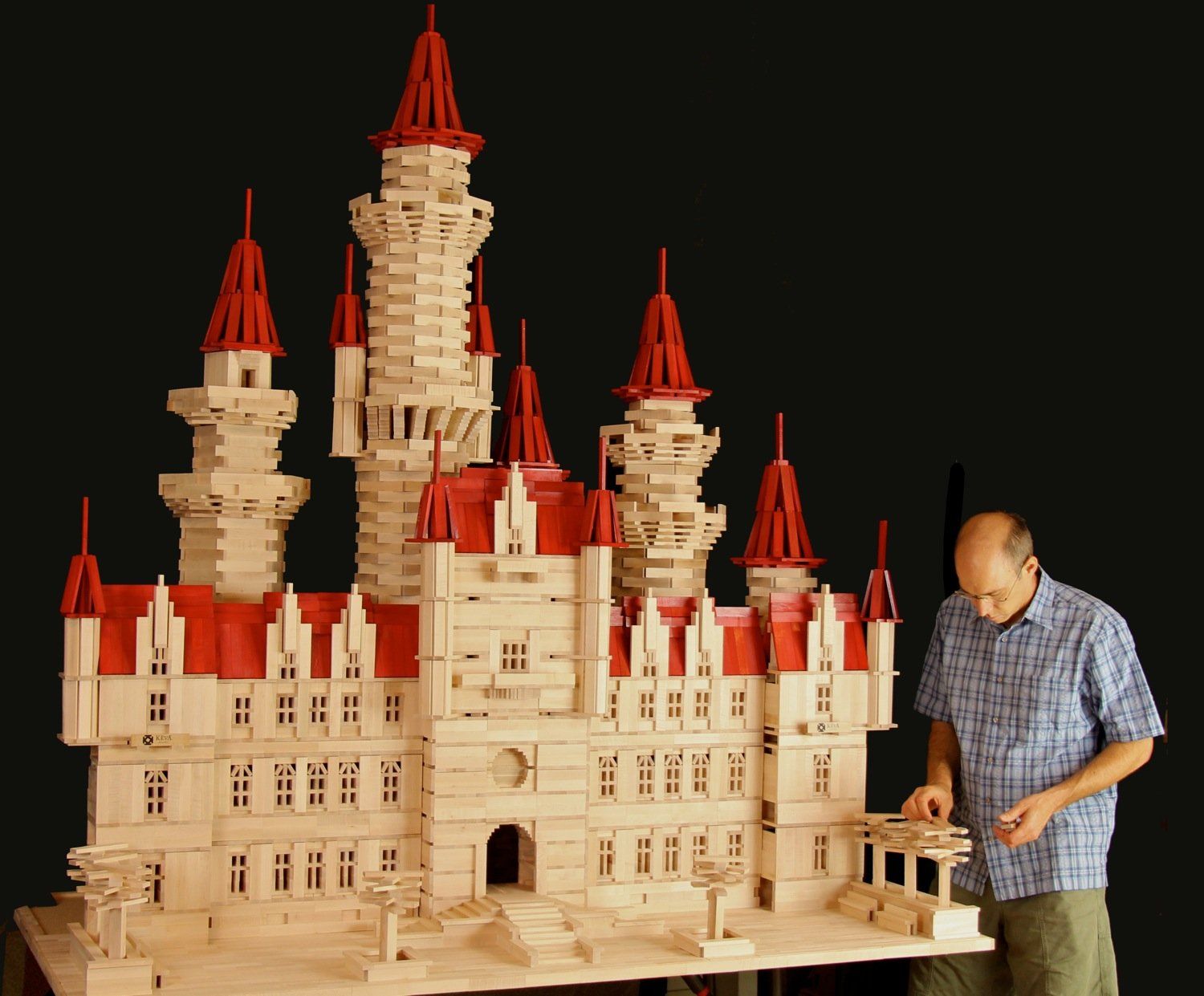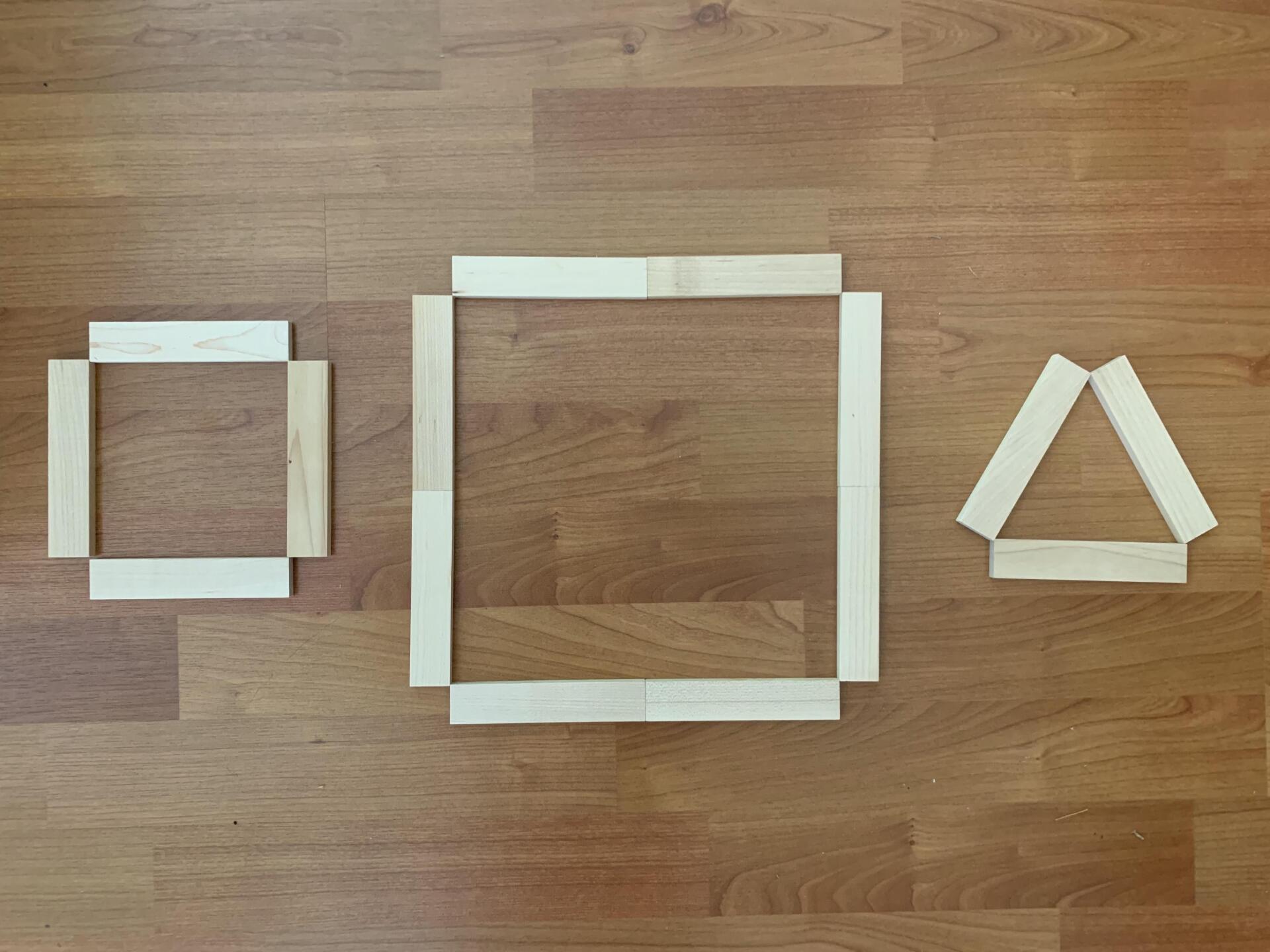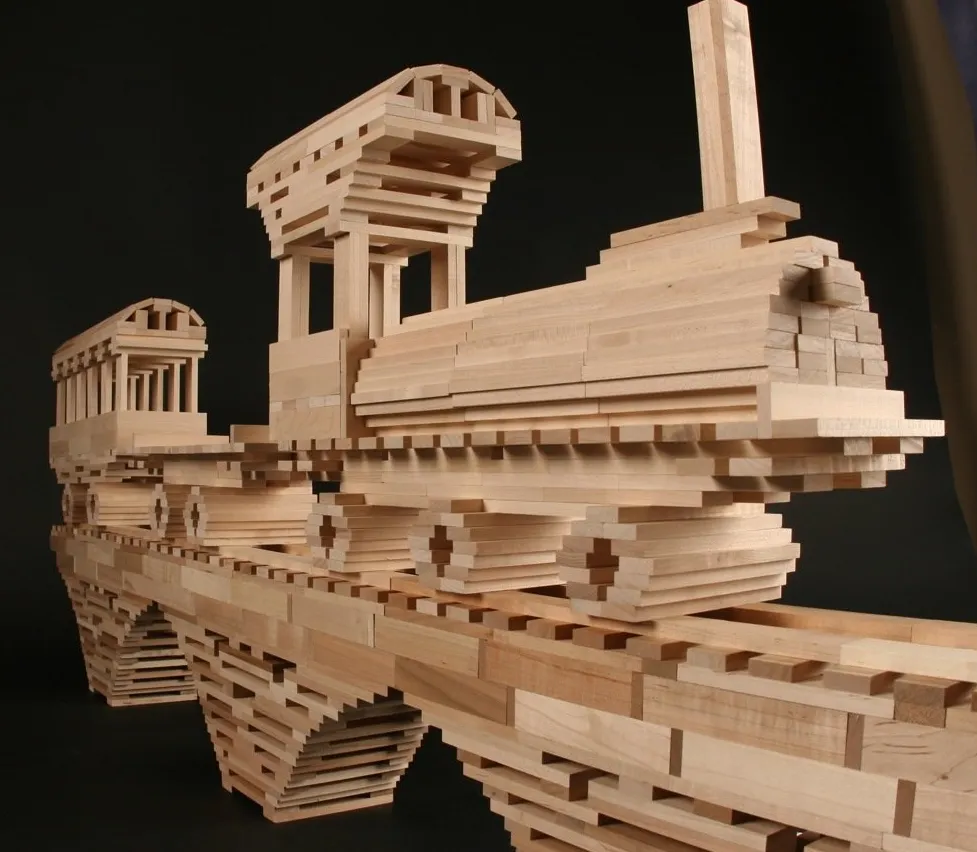Free shipping in the contiguous US on orders over $150!
Blog Layout
How To Encourage A Growth Mindset With KEVA Planks
Amy Scheel • Jul 17, 2020
Cultivate a mindset ready to learn
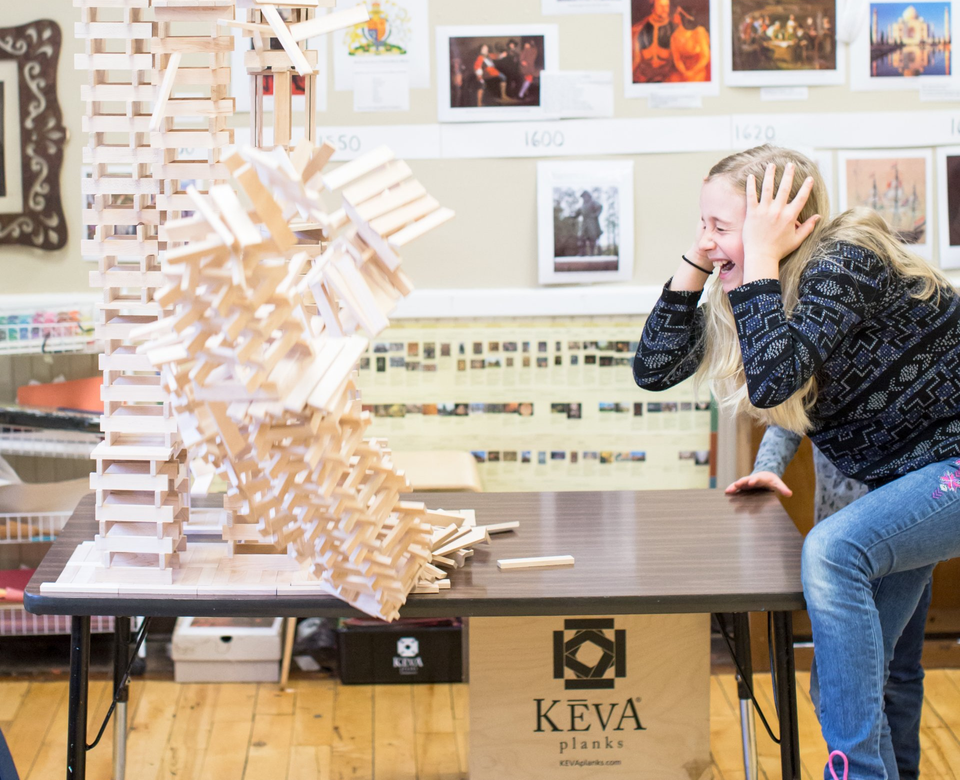
Carol Dweck's work on "growth mindsets" and "fixed mindsets" have taken the education world by storm. How is it possible that we can impact so much of the way a person performs by changing their belief of how the brain works? It's almost too good to be true, but thank goodness it's real.
Dweck's team of researchers have also discovered a place where growth mindset training hasn't had an impact: classrooms where the peer culture embraces a fixed mindset. If the school culture discourages kids from trying an optionally more challenging activity with a risk of failure, those kids don't respond to Growth Mindset Training.
The trainings are only 2, 25-minute online courses. How might we provide students with more practice in the growth mindset outside of the trainings?
Within the context of KEVA planks, this can look like intentionality around the words students use while building together and the activities you do with your class.
For example, students benefit from activities that are not competitive or scored. This allows them to cultivate a growth mindset by being incapable of failure. The only way they are able to measure their success is by building what they envision. They may have multiple small "failures" along the way, where a plank falls or the whole creation collapses and they have to start again. They have an opportunity to evaluate what they could do differently next time - whether that's building from a different angle, moving more slowly, or getting inspiration from a classmate's idea.
KEVA planks provide opportunities for low-stakes failure. Each time a student survives a small failure and is able to correct it for the next iteration they learn resilience. They learn that improvement comes from hard work rather than a fixed amount of intelligence or talent for stacking blocks.
To help cultivate this mindset among students, consider using the following growth-mindset-safe phrases:
- "I can see you worked hard to get that tower so stable."
- "I'm glad you challenged yourself to build the bridge even wider."
- "How could you make a similar structure with even fewer planks next time?"
- "What did you learn about building while you were working today?"
- "It's great to see the effort you're putting in to build even faster with your team."
- "Learning how to build things even better takes time and practice, good job putting in the effort."
- "What's something you would change with this structure when you build next time?"
Build A Mind
© 2024
All Rights Reserved | KEVA Planks

